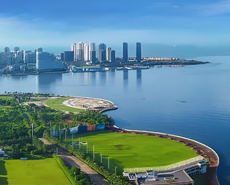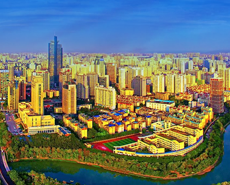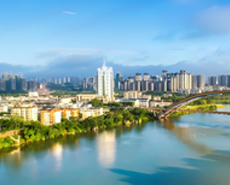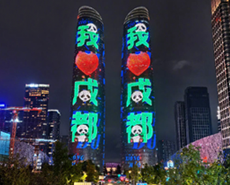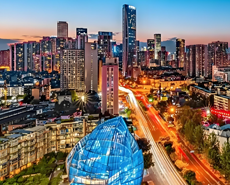
Overseas zircon sand prices not likely to decrease in H2 2018
----Interview with Yongmeng Zhang
Sales Director
Zhanjiang Dongya Minerals Co., Ltd.
Sales Director
Zhanjiang Dongya Minerals Co., Ltd.
Zhanjiang Dongya Minerals Co., Ltd. is a major zircon sand producer in Qinzhou of Guangxi.
Asian Metal: Thanks for accepting our interview. Please introduce your company business firstly.
Mr Zhang: Zhanjiang Dongya Minerals Co., Ltd., founded in 1994, with the registered capital of 38 million yuan, focuses on import, production and sales of zirconium and titanium concentrates. The major products of company include titanium concentrates, rutile, zircon, monazite and xenotime etc..

Asian Metal: From Q1 2017 to Q1 2018, Chinese zircon sand prices kept going up. What do you think was the impetus for the price uplift?
Mr Zhang: I personally think periodicity is the main factor. Zircon prices fell from the last peak of the market in 2011 to the end of 2016, after a period of five years of market decline and bottom consolidation. During the five years of the downturn, the whole industry was affected. The biggest impact should be in the upstream mines and the intermediate mineral processing industry. When the supply falls below the balance of supply and demand, it will continue to decrease due to inertia. The decrease of supply leads to the shortage of supply against demand, and then price increase. This is the cyclical nature of the industry.
The continued rise in prices from 2017 from has been underpinned by a slow recovery in supply. In 2011-2016, several changes took place within zircon sand traditional: Vietnam, restricted by domestic policy of production suspension and environmental factors, saw a substantial reduction in number of mining enterprises and implemented export quota restrictions; Major miners in Australia reduced production, closed down or failed to meet new mining areas. The Indian government has restricted exports by domestic miners and so on, contributing to the increase in price.

Asian Metal: Since June, Chinese zircon sand prices have showed downtrend, how do you consider it?
Mr Zhang: Just after the 2018 lunar New Year, the price of zircon sand increased by over RMB1000/t. Besides, since May, downstream zirconium oxychloride prices began to decrease and zirconium silicate market saw slow demand for environmental and safety supervision factors. Hence, the zircon sand market witnessed slack transactions and minor adjustment on prices over the past month.




